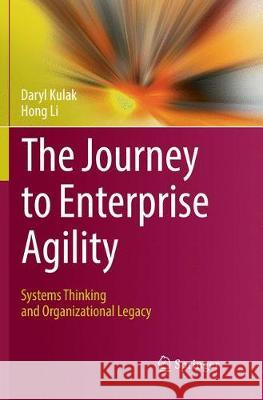The Journey to Enterprise Agility: Systems Thinking and Organizational Legacy » książka
topmenu
The Journey to Enterprise Agility: Systems Thinking and Organizational Legacy
ISBN-13: 9783319853130 / Angielski / Miękka / 2018 / 286 str.
The Journey to Enterprise Agility: Systems Thinking and Organizational Legacy
ISBN-13: 9783319853130 / Angielski / Miękka / 2018 / 286 str.
cena 229,96 zł
(netto: 219,01 VAT: 5%)
Najniższa cena z 30 dni: 219,73 zł
(netto: 219,01 VAT: 5%)
Najniższa cena z 30 dni: 219,73 zł
Termin realizacji zamówienia:
ok. 22 dni roboczych
Bez gwarancji dostawy przed świętami
ok. 22 dni roboczych
Bez gwarancji dostawy przed świętami
Darmowa dostawa!
Kategorie:
Kategorie BISAC:
Wydawca:
Springer
Język:
Angielski
ISBN-13:
9783319853130
Rok wydania:
2018
Wydanie:
Softcover Repri
Ilość stron:
286
Waga:
0.43 kg
Wymiary:
23.39 x 15.6 x 1.65
Oprawa:
Miękka
Wolumenów:
01
Dodatkowe informacje:
Wydanie ilustrowane











